Kingdom Plantae Family Fabaceae Genus Falcataria | Order Fabales Subfamily Mimosoideae Rank Species | |
Similar Falcataria, Paraserianthes, Uromycladium, Uromycladium tepperianum, Albizia chinensis | ||
Falcataria moluccana, commonly known as the Moluccan albizia, is a species of fast-growing tree in the legume family, Fabaceae. It is native to New Guinea, Maluku Islands, the Solomon Islands, and the Bismarck Archipelago in Papua New Guinea, and is cultivated for timber throughout South Asian and Southeast Asian countries. This tree is considered to be invasive in Hawaii, American Samoa and several other island nations in the Pacific and Indian Oceans. It is about 30m tall tree in nature with a massive trunk and an open crown.
Contents
- Common names
- Description
- Insects found on Falcataria moluccana
- Diseases of Falcataria moluccana
- References
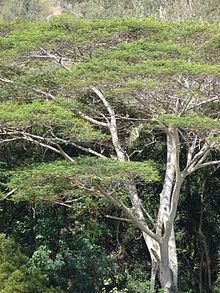
Common names
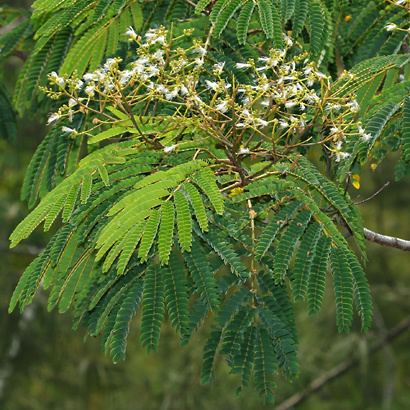
Falcataria moluccana is cultivated throughout the wet tropical and subtropical regions of the world and so has many common names. These include: albizia (Hawaii), Moluccan albizia, sengon (Java), batai (Malaysia), sau and falcata.
Description
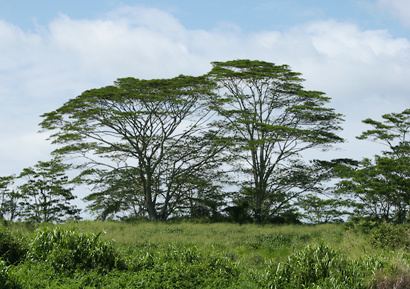
Insects found on Falcataria moluccana
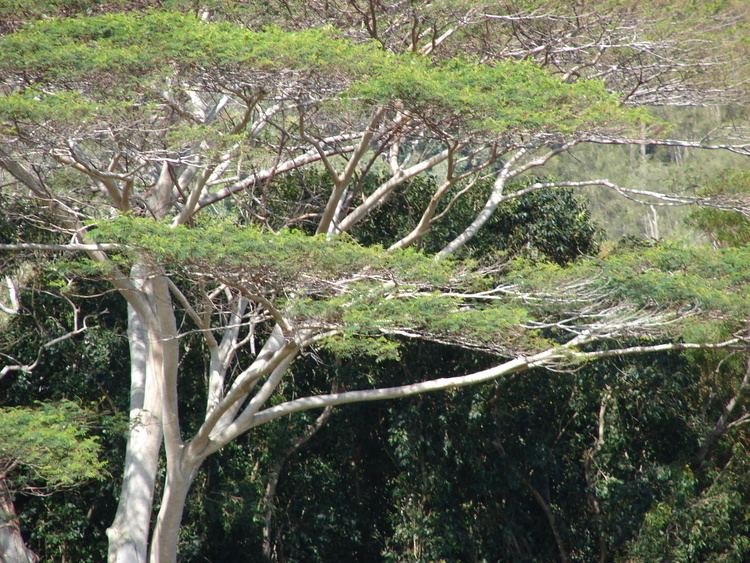
In Hawaii the caterpillars of the endemic Hawaiian koa looper (Scotorythra paludicola) has been found to defoliate Falcataria moluccana and complete their development on this invasive tree without the larvae eating the leaves of their native host Acacia koa.
In Borneo the following moth species have been identified as feeding on Falcataria moluccana.
In the broader Indomalayan region the following species have also been found feeding on F. moluccana:
Diseases of Falcataria moluccana
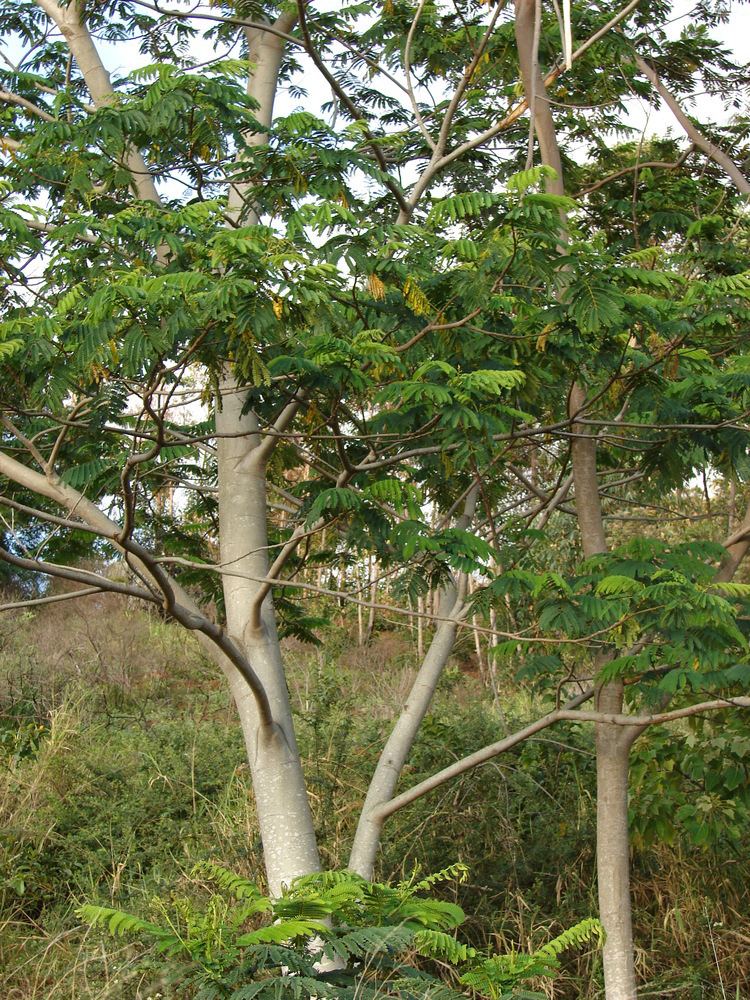
Falcataria moluccana is the primary host of the gall rust fungus Uromycladium falcatarium, and has also been recorded as a host of Uromycladium tepperianum. Both of these gall rust species cause severe damage throughout all stages of the tree's growth.
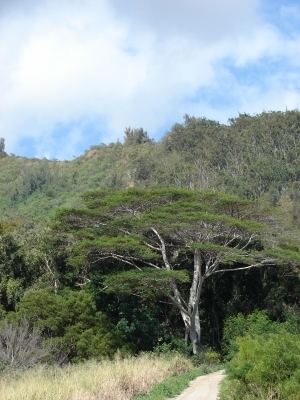
Two Actinomycetales bacteria Streptomyces asiaticus and S. cangkringensis have been isolated from the rhizosphere soil surrounding F. moluccana in Indonesia. Although at least 10 species of Streptomyces are plant pathogens it is unclear if these two species have any negative impacts on the roots or other tissues of this tree.
